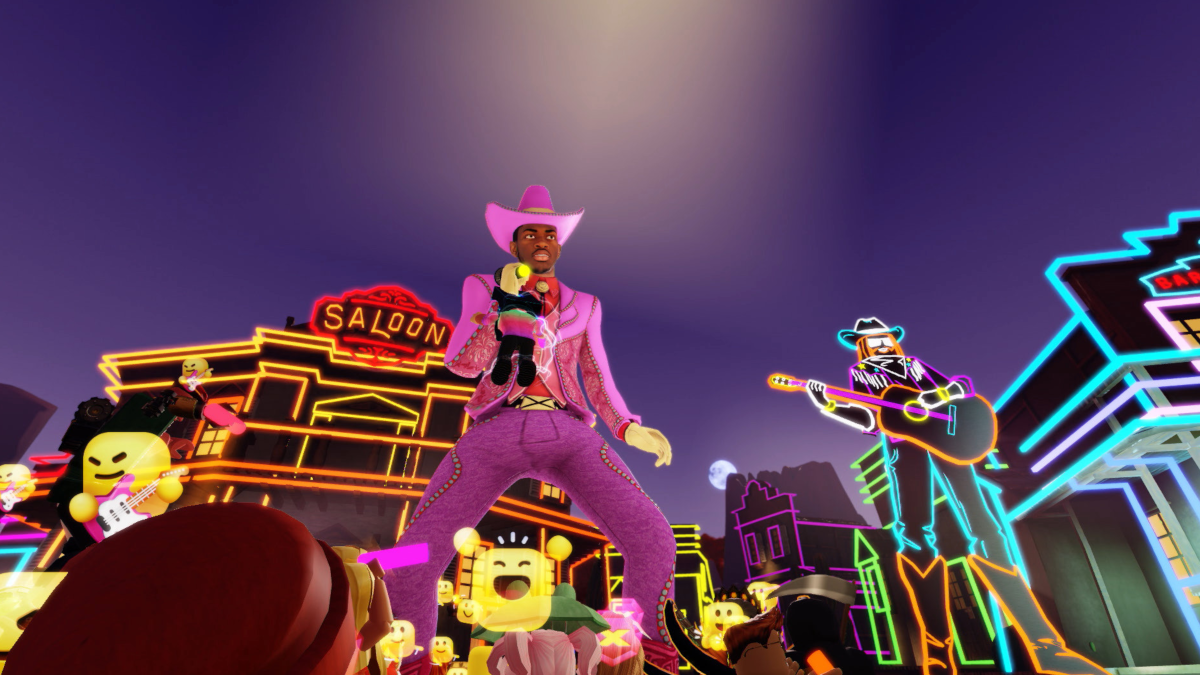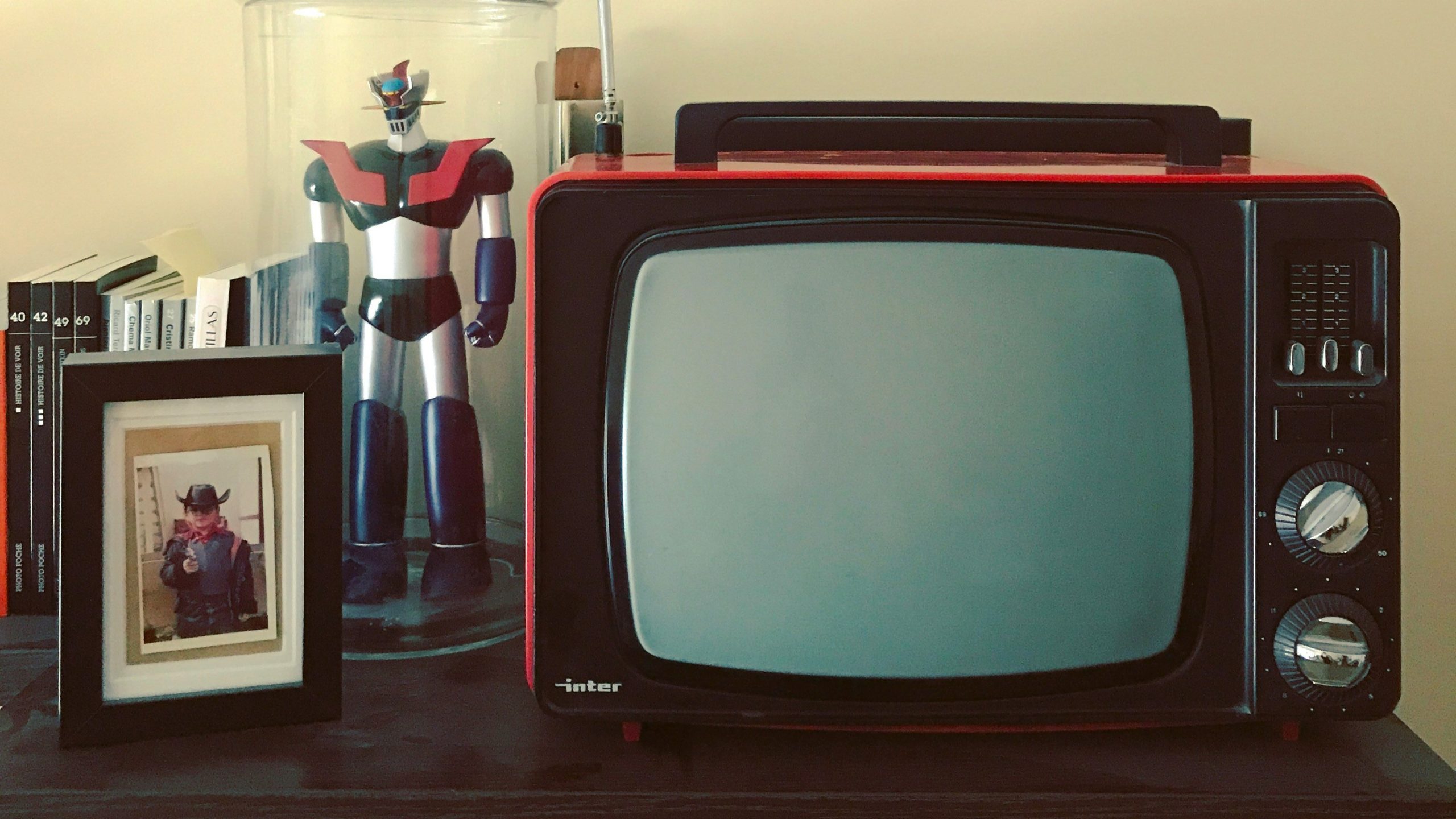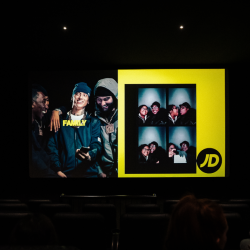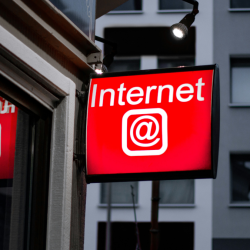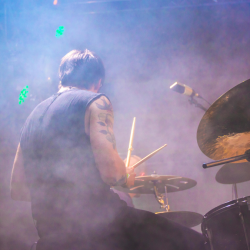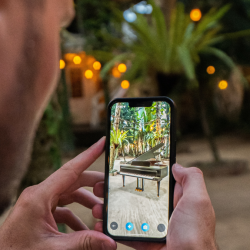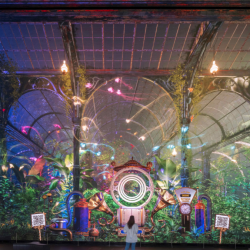So much of the value of events and experiences lies in the connections that are made — connections between people as well as between people and brands. Experiences change hearts and minds by turning brand values and intangible product attributes into physical and emotional moments.
However, experiential marketers and event planners are under increasing pressure to bring more than their instinctive understanding of how valuable experiences can be. They need to know that the creativity of their events and experiences has driven tangible business results. This is especially true given the fact that the pandemic has changed some core attendee behaviours and led them to be more selective in their choices when weighing up the value of attending vs effort involved.
For instance, while the largest festivals sold out in 2022, several well-established but smaller festivals had to close — the demand wasn’t there. And it is common knowledge that visitors are now aware of the opportunities to engage online as well as in person. For many, this is a more attractive option than live. There is no travel delay, no crowded field and such events can allow you to see and experience entirely new things for a fraction of the cost. Lil Nas’ concert in Roblox is just one example, one which many other music acts and brands are already following.
But experiences can be difficult to quantify
Stands at exhibitions will often have no single point of entry, making it tough to know exactly how and where people entered and exited. There are important privacy restrictions around tracking individual actions on stands. Digital installations are sometimes unable to get to the deeper tracking of ‘in real life’ behaviours in the ways that are so simple online. Sales are often hard to attribute — coming, as they do, after the experience has concluded.
And finally, the ROI model is not fit for purpose in experiential. Trying to apply ROI can put experiential marketers at a disadvantage against other media that seem to reach such huge volumes and can track clearer paths to purchase. While we may be able to collect some of the data, often we need to make decisions about effectiveness in advance of seeing the final sales.
So how can this issue be solved and ensure continued commitment to the value of experiences?
The focus needs to be on the attendee experience and really understanding how drivers and blockers are impacting on the ways that attendees and guests interact with your brand. We need to deliver experiences that both excite attendees and impact positively on business at events, exhibitions, immersive pop-ups or congresses.
An example of this is demonstrated by Speedo. They are using behavioural science to help discover why their goggles are under-performing in store and then applying these findings to improve their in-store experience. New understandings should always be informed by results combined with research and behavioural science. If we use these inputs, we can be confident that our beautifully crafted creative will resonate and drive action with the right people — in the right ways.
The three disciplines that can make a positive change to the attendee experience are Research, Behavioural Science and User Experience (UX). Together, these disciplines help inform strategic briefs as well as enhancing the work of creative teams by embedding behavioural science insights. We have recently launched our Attendee Experience Design (AXD) unit which takes all these aspects into consideration. Using a proprietary Behavioural Science framework, The 7 Drivers, it allows us to dig into insights gained through research bringing very specific levers to bear that are grounded in science and experimentation. Being grounded supports an instinctive understanding of what works and what doesn’t work. It provides confidence in the direction of the creative for brands.
The future of experiential is exciting
With attendees interested in quality and flexibility rather than volume, there are opportunities to focus more deeply, creating engagements that are both delightful and proven to drive business value.
Hybrid and fully online experiences require just as much attention to detail and understanding of audience behaviours as physical ones and brands need to succeed across all of the formats.
Featured image: Lil Nas Roblox concert




















